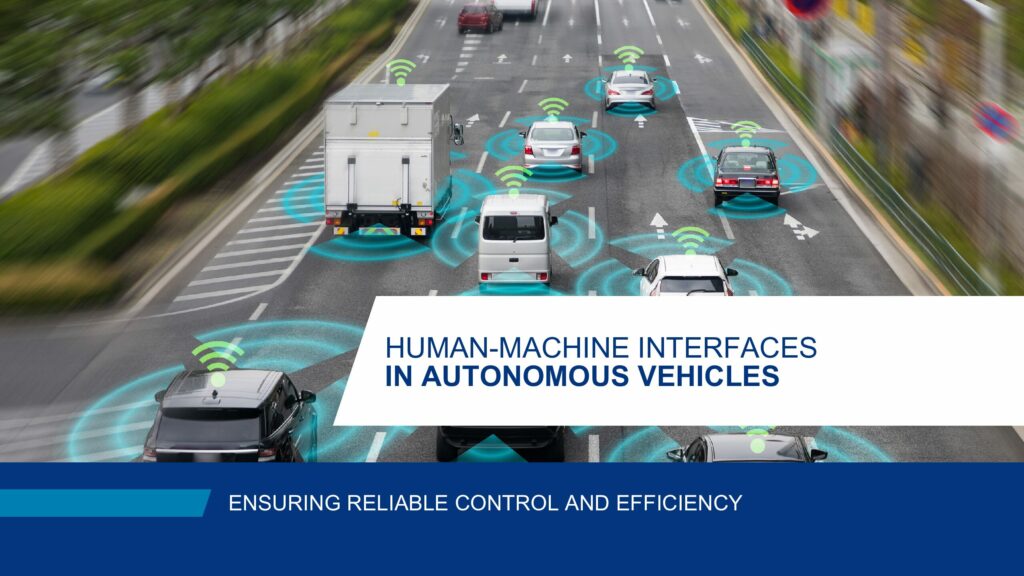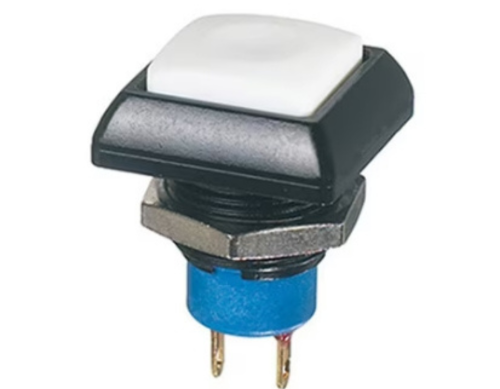The transition to autonomous and connected vehicles is gaining momentum, propelled by advancements in technology and increasing demand for safer, more efficient transportation options. This shift promises significant benefits, including reduced traffic congestion, lower emissions, and fewer accidents caused by human error. As industries and governments invest in these technologies, autonomous vehicles are poised to revolutionize the way we commute, delivering a smarter, cleaner, and more sustainable future of transportation for road travel.
What is an autonomous vehicle?
An autonomous vehicle is a self-driving vehicle that can operate without human intervention by utilizing advanced sensors, artificial intelligence, and machine learning. These vehicles rely on technologies such as LiDAR, radar, cameras, and GPS to navigate, detect obstacles, and make real-time driving decisions. The goal of autonomous connected vehicles is to enhance safety, reduce traffic congestion, and optimize transportation efficiency. They can be used in various applications, including passenger transport, logistics, and industrial automation.

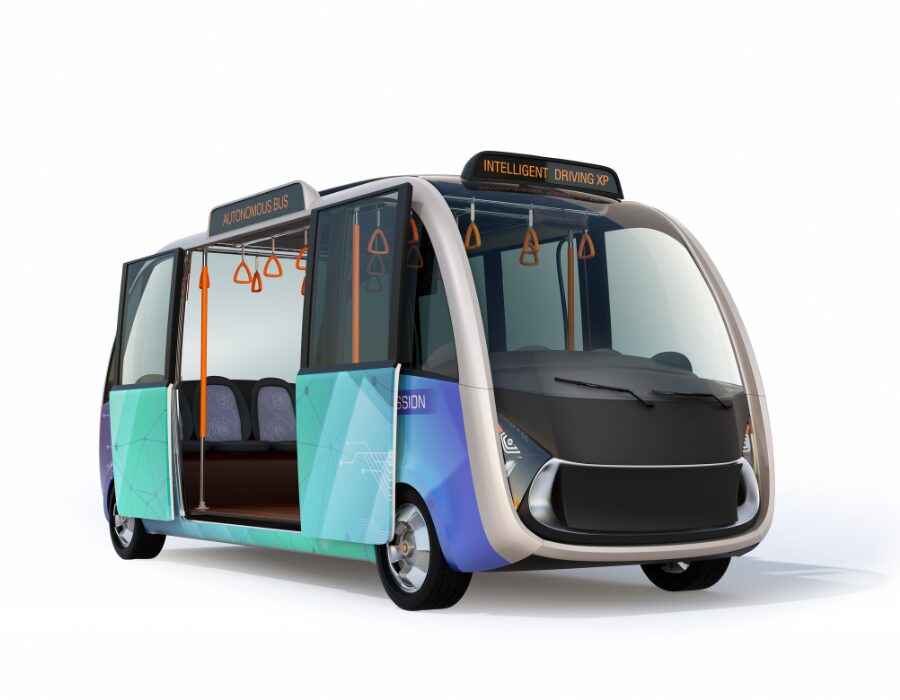
Understanding SAE Levels of Automation: From Manual to Fully Autonomous Vehicles
Autonomous driving is categorized into six levels by the Society of Automotive Engineers (SAE), ranging from Level 0 to Level 5. Level 0 indicates no automation; the driver controls all aspects of the vehicle. Level 1 introduces basic automation like cruise control. Level 2 combines automated functions, but the driver must remain engaged. Level 3 allows for conditional automation, handling most tasks but requiring driver intervention in complex situations. Level 4 vehicles can operate independently in specific conditions, and Level 5 represents fully autonomous vehicles, requiring no human input under any driving scenario.
Why are HMIS needed in autonomous driving?
Currently, most autonomous vehicles operate at Level 3. This “conditional driving automation” means the vehicle can handle itself under certain conditions, allowing the driver to disengage from active control, but still requires human intervention in more complex or severe scenarios. For example, a Level 3 autonomous vehicle can manage stop-and-go traffic on the highway without driver input. Indeed, the vehicle accelerates and decelerates autonomously keeping a safe distance according to the density of the traffic jam. Similarly, the steering wheel follows the trajectories of the lane by itself. However, if the lines are not drawn on the track, the driver must regain control of the vehicle. This necessity highlights the critical role of Human Machine Interfaces in these vehicles. Even as they navigate autonomously, situations arise—like severe weather or unexpected roadblocks—where a human must take over.
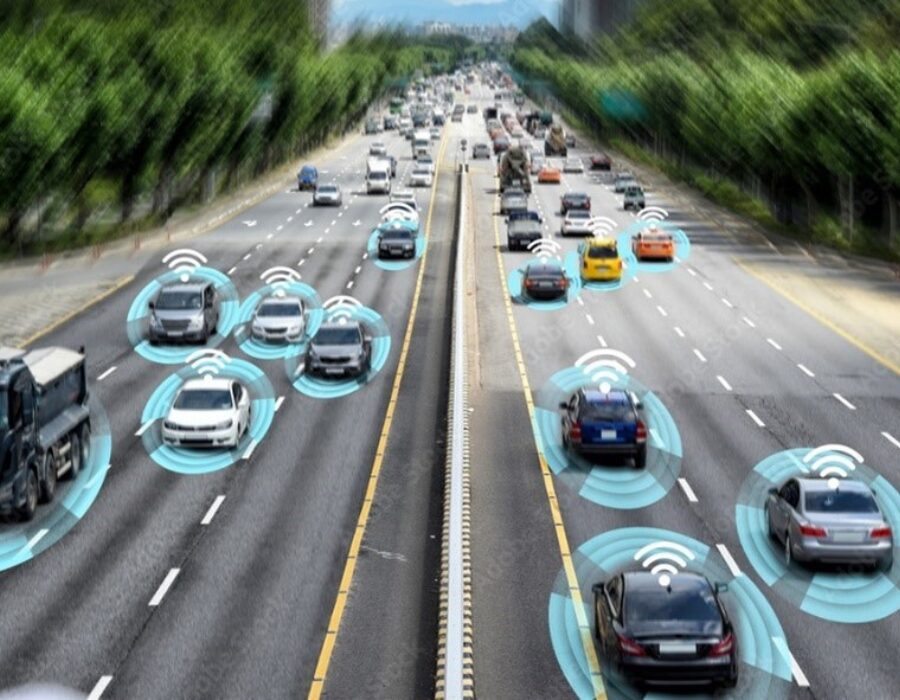
In these instances, the vehicle’s HMIs become crucial. These interfaces, that are often embedded in a service unit or on a joystick, allow the vehicle to be controlled manually. This manual intervention is essential for tasks such as parking or navigating around unforeseen obstacles when autonomous features temporarily fall short.
The role of an autonomous vehicle operator becomes vital in these scenarios to ensure safety and efficiency. It’s also crucial to consider the dangers of self-driving cars, such as system failures or hacking, which necessitate reliable HMIs for human intervention.
Expanding autonomous vehicle applications: from UGVs to smart farm robots
Beyond passenger cars, autonomous vehicles play an essential role in various industries:
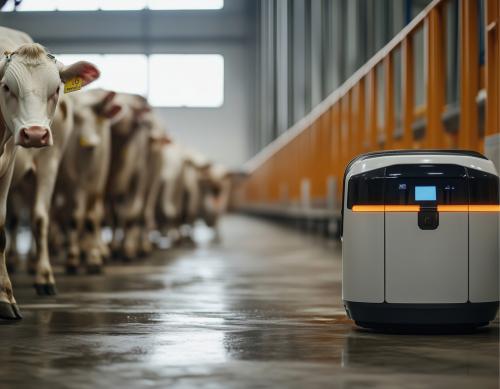
- Agricultural robots & smart farm robots: the agricultural sector is witnessing a revolution with the rise of autonomous robots that assist in planting, harvesting, and monitoring crops. These autonomous vehicles improve efficiency and reduce reliance on manual labor.
- UGVs (Unmanned Ground Vehicles) & UAVs (Unmanned Aerial Vehicles): used extensively in defense, logistics, and emergency response, autonomous ground vehicle and UAVs operate without human intervention, enhancing safety and efficiency in hazardous environments.


- Mining applications: autonomous ground vehicles in mining operate in remote or dangerous areas, reducing risks to human workers while improving efficiency and safety.
- e-Transportation & last-mile delivery: the rise of autonomous delivery vehicles, such as shuttles and last-mile robots, is transforming urban logistics by providing efficient and cost-effective solutions for parcel distribution.


- Special vehicles for industrial use: : autonomous heavy-duty vehicles, including those designed to move shipping containers in ports, optimize industrial operations by reducing manual workload and improving precision.
APEM’s HMIs for Autonomous Vehicles
At APEM, we are committed to the challenges of new forms of smart mobility solutions and public transport. Consequently, we supply robust components and control solutions tailored for these autonomous systems. Products like the CW, IP, and XA series are engineered to meet the specific demands of autonomous vehicles. With its hall effect, the CW series provides proportional control in one miniature axis whereas the IP series has an operating temperature ranging from -45°C to +85°C and a service life of 500,000 cycles. Meanwhile, the XA series from IDEC, an Estop equipped with the “Safe Break Action” technology, ensures the Emergency-stop switch will operate in situations where others might not. Overall, these HMIs combining ergonomics and robustness ensure reliability and precision in high-stakes environments.

